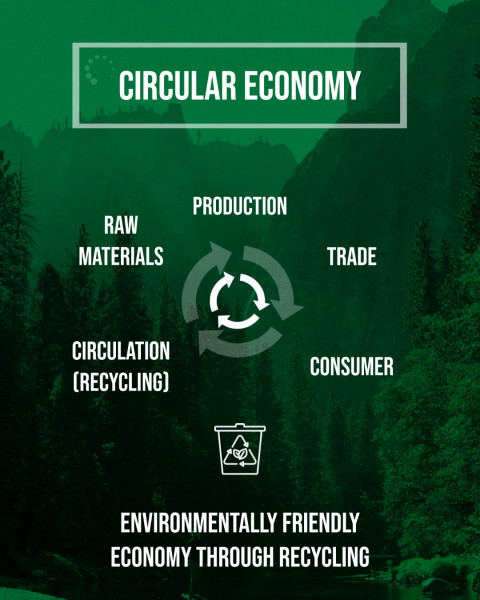Functional cookies are absolutely necessary for the functionality of the webshop. These cookies assign a unique random ID to your browser to ensure your uninterrupted shopping experience across multiple page views.
Marketing cookies are used to display advertisements on the website in a targeted and individualized manner across multiple page views and browser sessions.
Tracking cookies help the shop operator to collect and evaluate information about the behaviour of users on their website.
These cookies are used to collect and process information about the use of the website by users in order to subsequently personalise advertising and/or content in other contexts.
Service cookies are used to provide the user with additional offers (e.g. live chats) on the website. Information obtained via these service cookies can possibly also be processed for page analysis.
